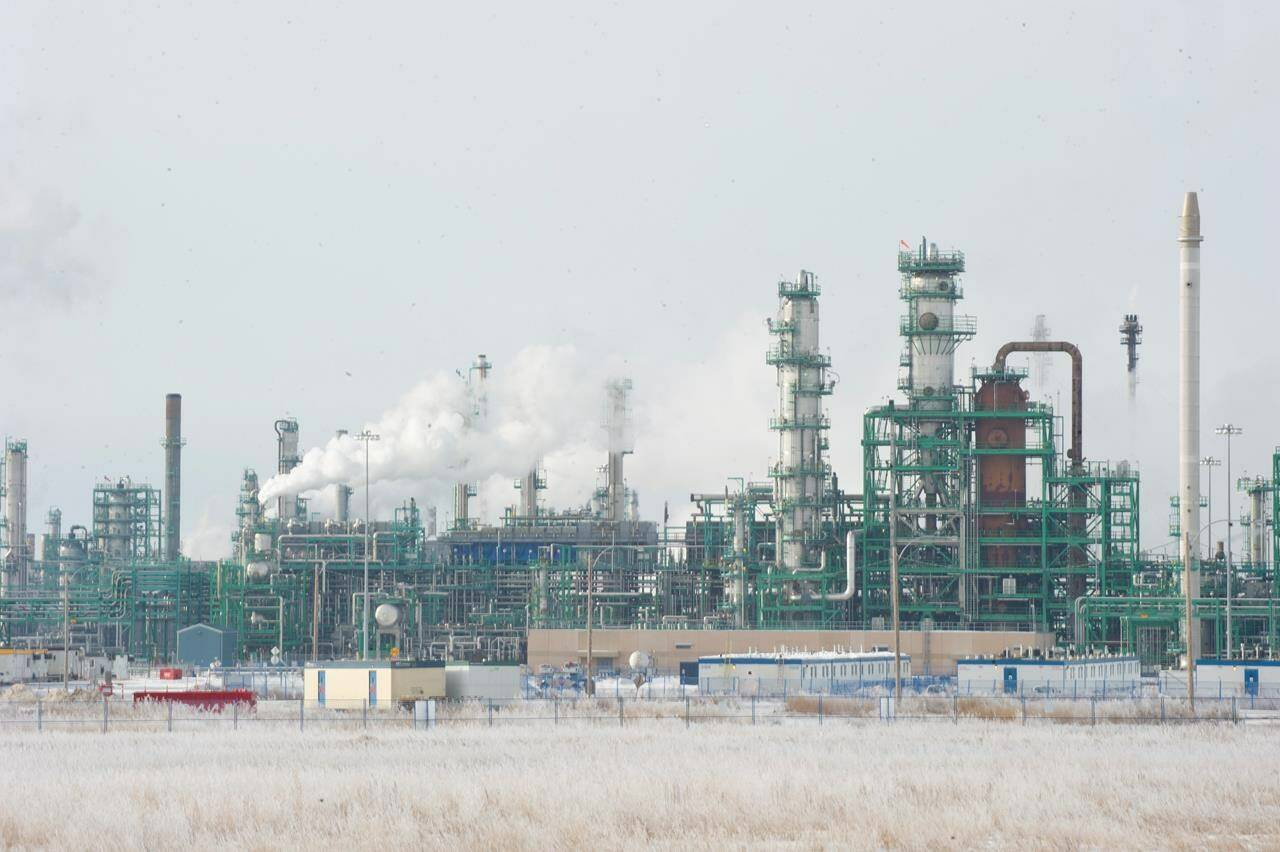Canada is nearly doubling its target to cut methane emissions from the oil and gas sector as it prepares to sign a new global pledge at next month’s climate talks in Scotland.
The colourless and odourless gas amounts to just about 13 per cent of Canada’s total greenhouse gas emissions, but because it is better than carbon dioxide at trapping heat it is believed to be responsible for at least one-third of global warming recorded to date.
Fred Krupp, president of the Environmental Defense Fund, said this week that cutting methane “is the fastest opportunity we have to help avert our most acute climate risks, including crop loss, wildfires, extreme weather and rising sea levels.”
The United States and Europe plan to use the United Nations climate talks in November to launch the Global Methane Pledge, calling on other governments to commit to cutting total methane emissions 30 per cent by 2030.
That would be from all sources of methane, including oil and gas production, agriculture and waste.
But the International Energy Agency said last month hitting global climate targets means methane from the oil and gas industry alone must be cut 75 per cent from 2012 levels by the end of this decade.
This week Canada became the first and only country in the world to commit to both targets, though the math suggests cutting three-quarters of methane emissions from the oil and gas sector would be about the equivalent of a 30 per cent cut to total methane emissions.
In Canada 43 per cent of methane emitted in 2019 came from oil and gas, 24 per cent from livestock and 23 per cent from landfills.
“The 75 per cent target is an important goal that we encourage other oil and gas producing nations to adopt,” Environment Minister Jonathan Wilkinson said at a virtual meeting on the global methane pledge on Monday.
“It is one that as many of you know, the IEA has called for publicly.”
It’s also one that experts suggest is one of the few easy buttons in the fight against climate change.
Jan Gorski, a senior analyst at the Pembina Institute, said in an interview that Canada already has good policies to curb methane emissions from the oil and gas sector.
“We don’t need to reinvent the wheel on this,” he said. “It’s about taking the policies that we have right now and basically ratcheting it down, making them more stringent. All the solutions to addressing methane are there and they’re economic.”
The International Energy Agency said technology already exists to capture or stop 70 per cent of the methane emitted from the oil and gas sector, including accidental leaks that happen during production, and on-purpose venting. And it says 45 per cent can be cut at no cost, because the methane that is captured is actually a commodity that can be sold.
Canada’s existing regulations are aiming to cut methane from the oil and gas sector 40 to 45 per cent over 2012 levels by 2025, and started taking effect last year. They include requirements for oil and gas companies to have leak detection and repair programs in place and to inspect their equipment for leaks at least three times a year. In 2023 there will be new limits placed on how much methane can be vented.
Several provinces also signed agreements with Ottawa allowing them to use their own regulations, which are slightly different. Ottawa allowed that as long as it believed they’d still meet the 2025 target.
Gorski said a year ago Canada was likely on track only to cut methane down by 29 per cent from the oil and gas sector by 2025, and Environment and Climate Change Canada is reviewing where things are at.
—Mia Rabson, The Canadian Press
RELATED:

